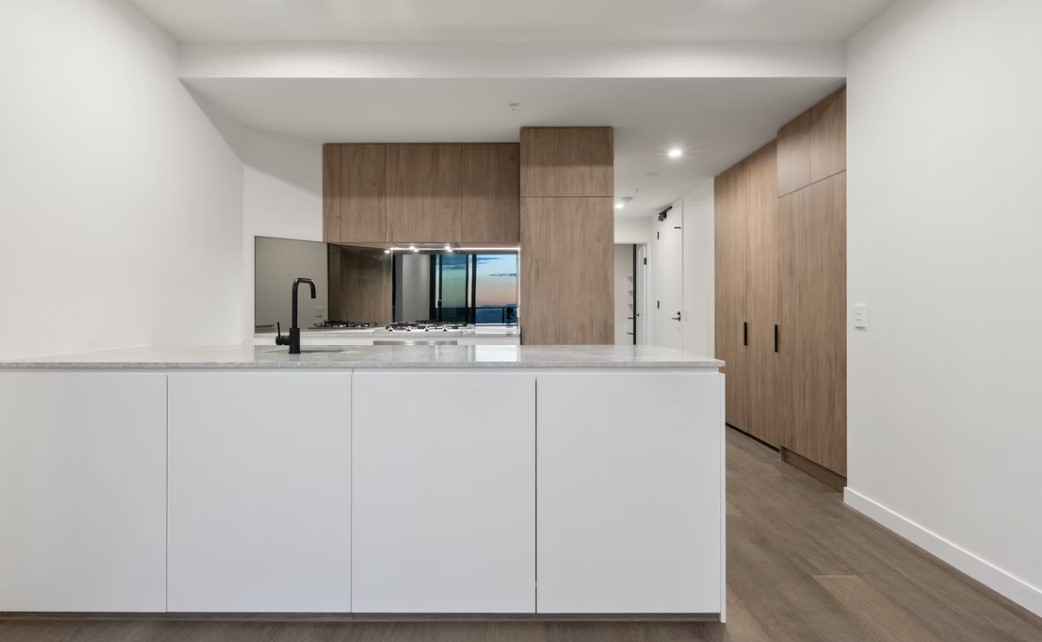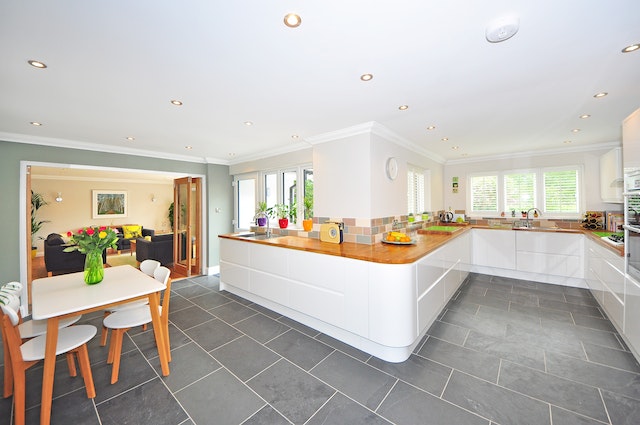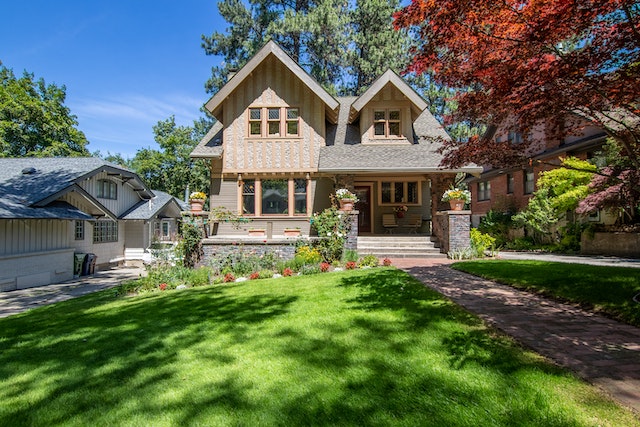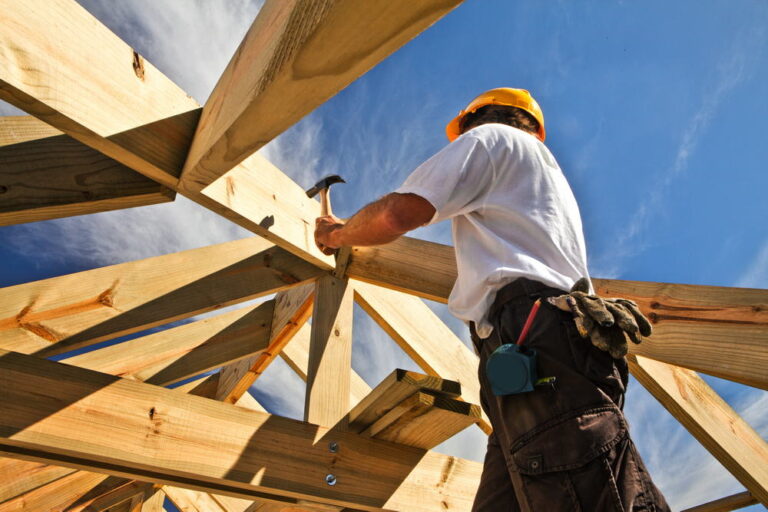Different Timber Flooring Types
Softwood and Hardwood are terms that are commonly used in the woodworking industry. If you’re considering a timber flooring project, it’s good to refresh your memory on what each term means. Here’s a handy outline that should help:
Hardwood
Mahogany, walnut, oak, ash, birch, teak, and maple are examples of hardwoods. Each of these woods has one thing in common: they are all made from deciduous trees. That is, from trees that shed their leaves in the fall. Although more expensive than softwood, there’s no denying that most, but not all, hardwoods are more durable and, in general, more desirable than softwoods. Hardwoods are more expensive than softwoods because of simple supply and demand: a hardwood tree can take decades to grow, whereas softwood trees grow relatively quickly.
Solid hardwoods are a tougher wood type than softwood. They are ideal for use in timber flooring because they can withstand the harsh wear and tear that life underfoot throws at them and will last (more than) a lifetime in most cases. Add to that the fact that hardwoods are more fire-resistant than softwoods, and you can see why they are popular.
Softwood
Softwoods grow much faster than hardwoods, making them a more affordable timber flooring option. Softwoods are derived from evergreen trees with needles that do not typically shed. Common softwoods used in the construction of homes, cabins, and furniture include pine, spruce, cedar, larch, and fir. As the name implies, softwoods are less dense than hardwoods and, as a result, are less hardwearing in most cases.
Wood engineering
When it comes to wood flooring, you can invest in engineered wood flooring in addition to softwood or hardwood. Engineered flooring is constructed by bonding several layers of ply or high-density fiberboard (HDF) to form a core board, which is the inner part of a “sandwich”. Next, it is topped with a solid wood lamella or a top layer. These core boards are created by bonding ply layers together or introducing a thick layer of HDF laid in different directions.
Once you’ve decided on a wooden floor, you’ll have to choose between hardwood, softwood, and engineered wood, among other exciting options. Which option is best for your project will depend on various factors, including your budget, the relative temperature and humidity fluctuations in your room, and colour preferences. While personal taste will heavily influence your decision, you must make the right choice. With this in mind, you should never be afraid to seek advice from your wood flooring supplier if you’re in any doubt.







